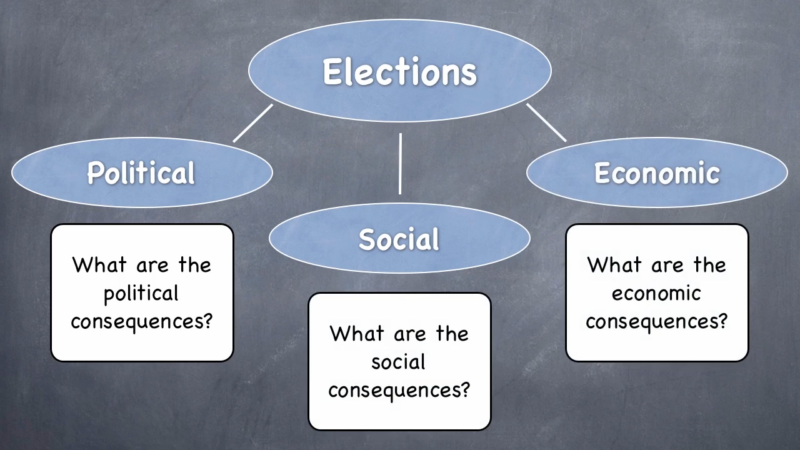An argumentative essay is a type of essay that presents arguments about both sides of an issue. It typically follows a standard essay format and structure, while making a claim and presenting evidence to support that claim.
The goal of an argumentative essay is to convince readers to understand and possibly even accept the writer’s point of view on a debatable topic, the essay writer service at UKWritings.com offers valuable assistance in achieving a well-constructed and compelling argument.
Below is a step-by-step guide on how to write an effective argumentative essay!
Choose a Controversial Topic

The first step is to pick a controversial topic with two clear sides that you can argue for and against. Stay away from overly broad or vague topics that don’t have concrete positions. Some examples of good argumentative essay topics include:
- Should recreational marijuana be legalized nationally?
- Is standardized testing a fair way to evaluate student learning?
- Are athletes paid too much money?
Make sure to pick a topic that you find genuinely intriguing, rather than just picking a side you think will be easy to argue. The topic should be something you want to learn more about and can research extensively.
Conduct Thorough Research
Once you have a topic, start researching both sides of the argument to gain a thorough understanding of the complexities of the issue. Gather information from credible sources like academic journals, news articles, studies, or reports. Look for facts, statistics, logical reasoning, and evidence that supports claims on either side.
In your research, look for:
- Factual evidence that backs up claims
- Logical reasoning that makes connections between evidence and claims
- Objective reporting on the topic from reputable sources
- Trustworthy data and statistics from scientific studies or surveys
The more informed you are, the better you’ll be able to craft persuasive arguments and counterarguments.
Take a Clear Position

Before writing, you need to decide what position you will take on the issue. After your research, think critically about both sides before settling on a position. Pick the side that you can best argue for and that you believe in.
If you pick a side just because you think it will be easy to argue, your essay will be weaker as a result. The most compelling argumentative essays come from writers who feel strongly about their stance on an issue.
Craft a Thesis Statement
Your thesis statement presents your position on the topic directly and explains why your stance is correct. This 1-2 sentence claim should be debatable, specific, and defendable within the scope of your essay.
Here are thesis statement examples for our sample topics:
- Recreational marijuana should be legalized nationally because it has proven health benefits and could provide much-needed tax revenue.
- Standardized testing is not an accurate measure of student learning and should be reformed.
- Professional athletes are not overpaid because the revenue they generate compensates for their salaries.
Keep your thesis statement concise and focused since you want readers to immediately understand your position and its rationale.
Outline Your Essay

With your position established, start structuring your essay by creating an outline. The outline will build the framework for your argument and help organize your main points logically.
Here is a typical outline structure:
- Introduction
- Attention-grabbing hook
- Background context
- Thesis statement
- First body paragraph
- Main argument #1
- Supporting evidence
- Second body paragraph
- Main argument #2
- Supporting evidence
- Third body paragraph
- Main counterargument
- The claim that counters the counterargument
- Conclusion
- Restate thesis
- Summarize overall argument
You can include 3-4 paragraphs for the body, adjusting the number of paragraphs to suit the requirements of your essay.
Write the Introduction

The introduction grabs readers’ attention, provides background context, presents your thesis statement, and previews the structure of your argument.
Start with an interesting hook to capture readers’ attention right away. You can use a rhetorical question, shocking statistic, personal anecdote, or quotation relevant to your topic.
Then give a brief background context to educate readers on the nuances of the issue and provide a framework for your argument. Avoid excessive summary and focus on presenting the necessary context.
End your introduction with your thesis statement, which should come at the end of your introductory paragraph. This placement allows you to build up to your central claim.
Present Your Arguments in Body Paragraphs
In the body paragraphs, fully develop your key arguments that support your thesis statement. Devote one body paragraph to each of your major arguments.
Start each body paragraph with a topic sentence that states the paragraph’s main point and directly ties back to your thesis. Then present well-researched evidence, facts, quotes, examples, or logical reasoning to back up that argument. Explain how your evidence connects to and upholds your central claim.
Wrap up each body paragraph by reiterating how the information presented strengthens your overall argument in support of your thesis. Transition smoothly between paragraphs using transitions like “In addition,” “On the other hand,” “In contrast,” etc.
Acknowledge Counterarguments
Addressing counterarguments makes your essay more objective, nuanced and persuasive. After presenting your side, devote one paragraph to discussing an important counterargument and acknowledging any validity it has. Then, provide reasons it is flawed or less convincing than your viewpoint.
Thoughtfully refuting opposing claims in this way shows readers that you’ve seriously considered both sides before arriving at your position. Use language like “While it is true that…,” or “On the surface it seems… but….” when introducing a counterclaim.
Craft a Strong Conclusion
Your conclusion should restate your thesis statement using different words and summarize the path of your argument. Briefly touch on how the evidence you presented allows you to achieve your original purpose as laid out in your introduction. Close with a statement urging readers to view your topic from your perspective based on the reasoning you provided.
Revise, Edit, and Proofread
Leave time to properly revise your essay to strengthen your writing. Ensure your thesis still holds up and add supporting details to arguments where needed. Refine transitions between paragraphs and ideas.
Edit your work for clarity, concision and structure. Check for minor errors and typos. Have someone else proofread your essay to provide an outside perspective.
If crafted carefully, your argumentative essay will allow readers to seriously consider your viewpoint on a debatable issue. Use these tips and strategies to write a compelling argument that convinces your audience of the soundness of your stance.








